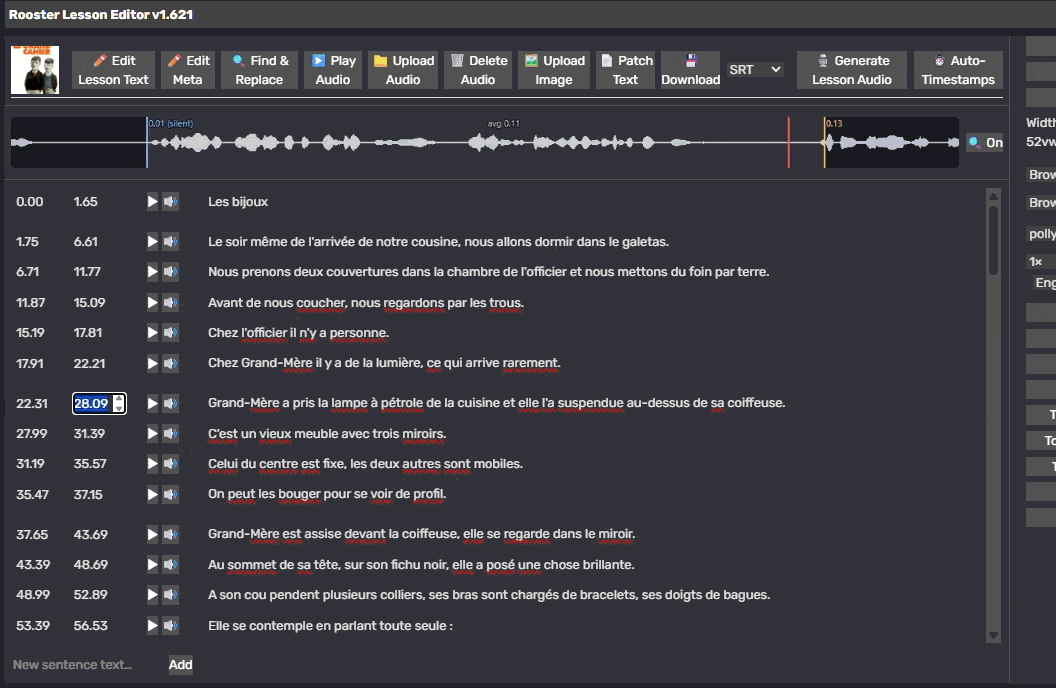I just wanted to share how I’ve been using LingQ for many years.
It’s normally sold as simply “a reader” and there are other readers out there, so why use LingQ when the concept isn’t original anymore?
Well, despite the bugs and the controversy over this new expensive tier plan, I still find LingQ to be far superior for my methods of learning than even other apps I like, such as anki, language reactor and migaku.
So what I have been doing with LingQ for about five years is intensive study in sentence mode. I rarely if ever put it in page mode and just read.
For me, I’d rather extensively read a book over using an app and being in front of a screen all dya.
So I virtually always have it set to sentence mode, always have audio time stamped with it ( know it doesn’t always work but it works well enough to learn for me).
I go line by line mix intensive reading with intensive listening.
I may listen to the audio or read the sentence many times over. I may listen and read or close my eyes and try to see if I can understand the audio segment.
I did this for years with my Spanish, but what I should have done of which I’m doing with my German now is repeat old lessons. As I like the idea of an SRS but the “natural” SRS just doesn’t work unless you’re spending all day in the language and I cannot get myself to stick with Anki.
What I do with German is have 1-3 minute audio clips of something, go through them intensively, listen to them later, like on a walk over and over again, and everyday choose random old lessons of these small chunks and read them over then listen to them several times again. This way I get a random SRS, just like how Steve talks about repeating the ministories.
With my Spanish of which is advanced now and I spent a lot less time on LingQ for it, I should have repeated material like this, even choose random pages from long lessons and read them over again. It would’ve accelerated my progress like my German.
Then I spend the rest of my time just immersing in the language.
So despite its flaws, I find LingQ to be a fantastic way to intensively study so that you can extensively immerse outside of the app.
It also has a great onramp of the ministories and the lessons of which one can repeat them until they’re mastered and progress pretty quickly.
